Machining & Grindings
Machining
Machining is a prototyping and manufacturing process that creates the desired shape by removing unwanted material from a larger piece of material. Since a part is built by taking away material, this process is also known as subtractive manufacturing.
Benefits of Machining
• Reliability.
• Requires Less Human Labor.
• High Production.
• Identical Products.
• Increase Profit and Reduce Efforts.
• Improved Efficiency.
• Increased Accuracy.
Precise Machining
The Benefits of Precision Machining
Portable Boring at SITE
Benefits Of Portable Align Boring Service
Rolls & Shafts Grindings
Benefits Rolls & Shafts Grindings
Mill machining
Advantages of Milling Machines:
- The size and durable construction of the milling machine give tremendous support to handle large and heavier machines without damaging itself.
- It provides flexible computer control options for cutting purposes.
- It reduces the chances of human errors.
- It assures accurate cuts.
Surface grinding
Surface grinding is a finishing process that uses a rotating abrasive wheel to smooth the flat surface of metallic or nonmetallic materials to give them a more refined look by removing the oxide layer and impurities on workpiece surfaces. This will also attain a desired surface for a functional purpose.
The components of a surface grinding machine are an abrasive wheel, a work-holding device known as a chuck, and a reciprocating or rotary table. The chuck holds the material in place by two processes: ferromagnetic pieces are held in place by a magnetic chuck, while non-ferromagnetic and nonmetallic pieces are held in place with vacuum or mechanical means. A machine vise (made from ferromagnetic steel or cast iron) placed on the magnetic chuck can be used to hold non-ferromagnetic workpieces if only a magnetic chuck is available.
